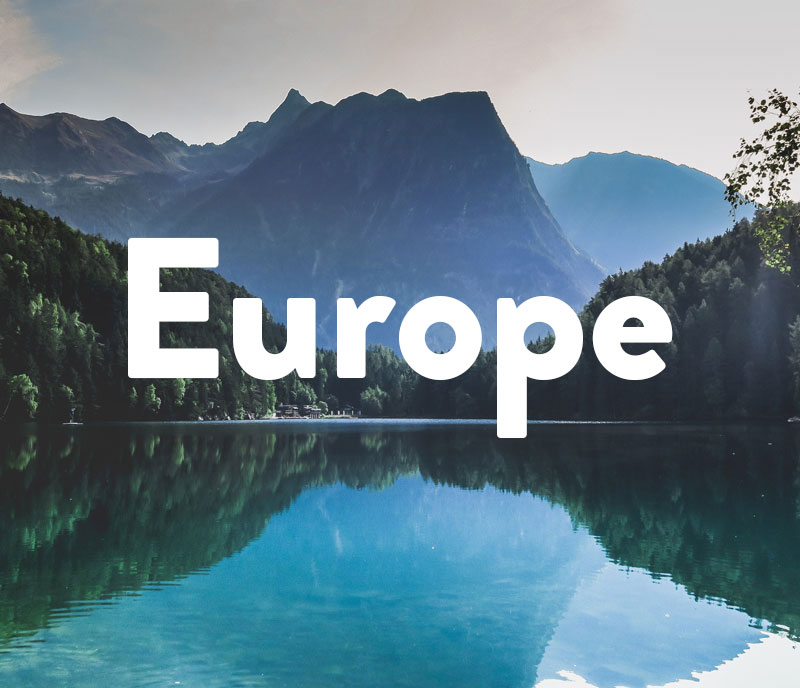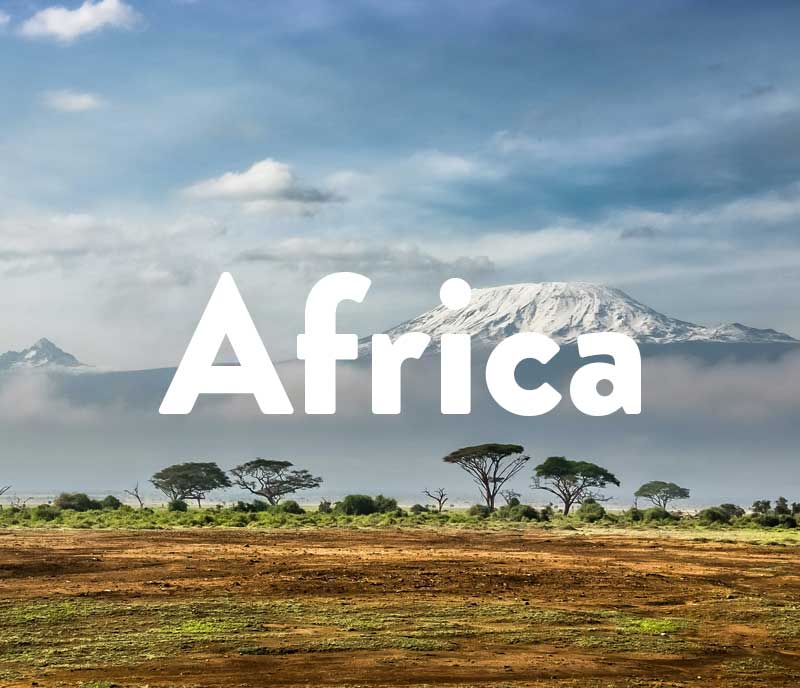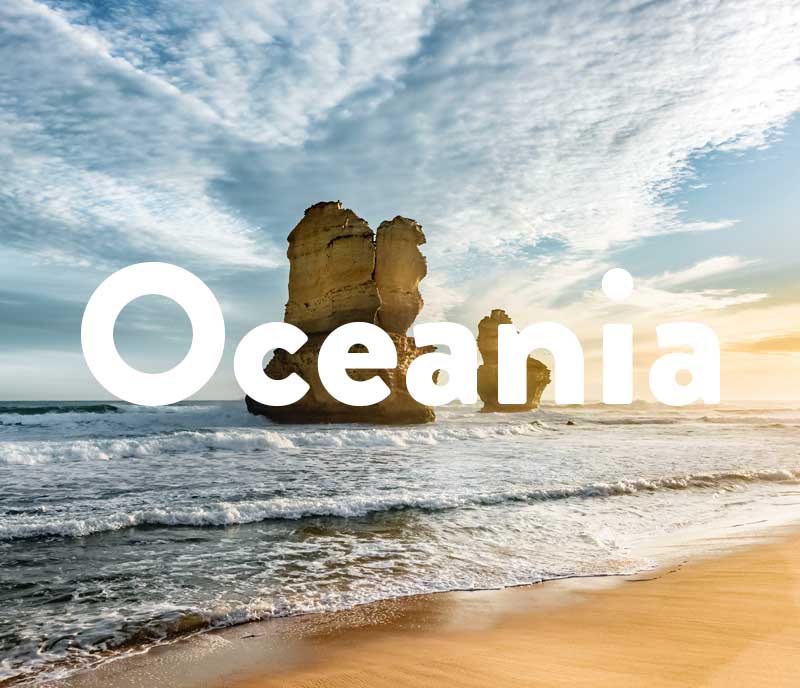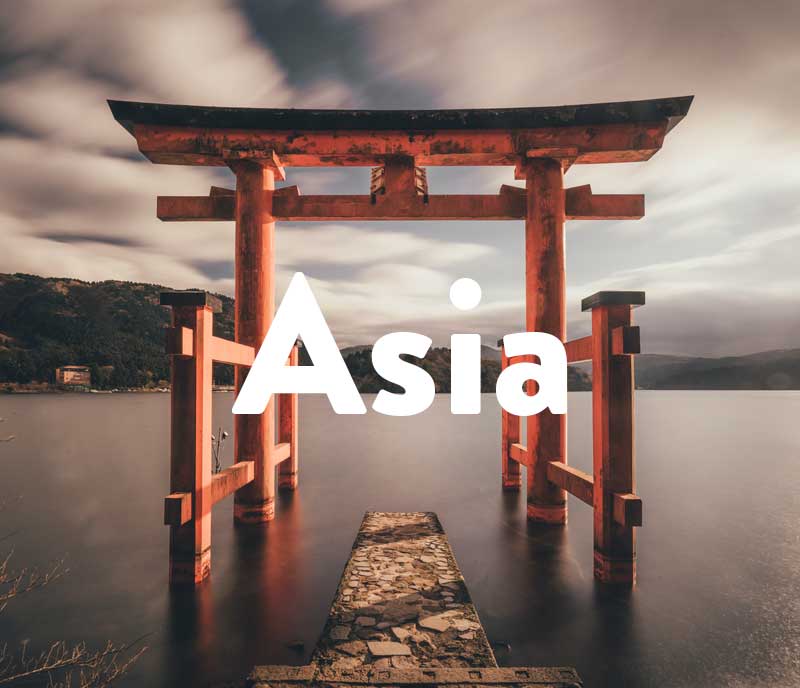Many travelers don’t realize there are two Congo’s: the Republic of the Congo (Congo-Brazzaville) and the Democratic Republic of the Congo (Congo-Kinshasa).
Also called DRC (the official acronym), DR Congo, the DROC, or just the Congo, the Democratic Republic of the Congo is an underrated jewel that most would-be tourists overlook. Read more about why the DRC is your once in a lifetime destination, including the best time to travel, its top tourist attractions, and its most instagrammable places.
Dive into our (free) travel guides below!
.
.
.
.
.
.
.
.
The Key Info
The Democratic Republic of the Congo is the third-largest country in the world at 2,345,410 square km (905,568 square miles). In the central-western part of sub-Saharan Africa, the country streches along the Equator and is bordered by the Central African Republic to the north, the Republic of the Congo in the northwest, South Sudan to the northeast. Uganda, Rwanda and Burundi are found to the east and Tanzania to the south.
The DRC has five key vegetation zones like the desert, forest, grassland, ice sheet, and tundra. It has a population of nearly 89,780,875 people, 45.6% of whom live in urban areas like the country’s capital. The DRC’s capital, Kinshasa, is at 9,965 square km (3,848 square mi) and with a population of 13,743,000, one of the largest cities of sub-Saharan Africa. French is the DRC’s official language, widely used in government and education.
The Democratic Republic of the Congo in Numbers
- Population number: 89,561,403
- Total size of the country: 2,345,410 square km (905,568 square miles)
- Capital city: Kinshasa
- Currency: Congolese franc
- Language: French
- Religion: Roman Catholic (50%), Protestant, including evangelicals (35%), Kimbanguist, a Christian Congolese church (5%), and Muslim (5%)
The 5 Largest Cities in the Democratic Republic of the Congo
Although over half of the DRC’s population live in rural villages scattered across the country, the rest live in cities. These are the five largest cities of the Democratic Republic of the Congo:
Kinshasa – Population: 7,785,965)
The largest city in the DR Congo, Kinshasa, sits on the bank of the Congo River in its western region. As the capital of the country, tourists will find the official residence of the President of the DRC at the Palais de la Nation.
Lubumbashi – Population: 1,373,770
Lubumbashi is in the southeastern part of the country. Although it is the hub of the mining industry in the DRC, a visit here isn’t always business. Tourists flock to the Lubumbashi Zoo and the National Museum of Lubumbashi as well.
Mbuji-Mayi – Population: 874,761
1230 km (764.28 m) east of Kinshasa, sits Mbuji-Mayi. The most popular sightseeing in the city includes Sankuru River, Livingstone Falls, and shopping at Mercato Stoffe Africane for African textiles from clothes to tablecloths.
Kisangani – Population: 539,158
Kisangani sits along the Congo River below Boyoma Falls. After Kinshasa, it is the DRC’s second-busiest port. A visit here isn’t complete without seeing the Boyomo Falls, its namesake Kisangani River, and the Kisangani Zoo.
Masina -Population: 485,167
This city is 20 km (12.42 m) east of central Kinshasa. Visitors seek out Masina for its budget-friendly lodgings and often use it as a base camp for their holiday.
TOP Tourist Attractions
Whether you’re searching for adventure, culture, or sightseeing in the heart of Africa, the Democratic Republic of Congo has some of the best places to visit. Here are a few top tourist attractions you’ll want to visit:
Virunga National Park
A UNESCO World Heritage Site, Virunga is one of the world’s most biologically diverse areas on the planet, from lava plains to snowfields. It is home to a group of critically endangered mountain gorillas.
Mount Nyiragongo
Here’s a rare chance to trek up temperamental and breathtaking Mount Nyiragongo, located inside Virunga National Park. Not only will you get to sample a “volcano-cooked” meal, you’ll see the world’s largest lake too.
Lola ya Bonobo
In Kinshasa, this is the only sanctuary for orphaned bonobo apes in the world. You can see the bonobo babies and learn about their plight because of illegal trade in endangered wildlife.
Matadi Bridge
A suspension bridge that crosses the Congo River, this popular landmark is at Matadi, a key seaport of the DRC. Built by the Japanese, the bridge is the largest suspension bridge in Africa.
National Museum of Congo
For a taste of the Democratic Republic of Congo’s diverse ethnic groups, cultural history, and historical legacies, you can visit this museum in Kinshasa. There are three public exhibition halls with over 12,000 items on display.
Best Time to Travel
Since the Democratic Republic of Congo is right on the equator, the country attracts travelers thanks to its year-round tropical weather. While you can visit the DRC almost anytime throughout the year, you might still face rain and thunderstorms occasionally.
To avoid having unpredictable weather spoil your holiday, the best time to visit is from May to September, by far the driest months of the year. However, this is also the peak tourist season throughout most sub-Saharan countries since temperatures get cooler. Avoid traveling in November when the rainy season starts.
Safety Tips
Women
Always be aware of unwanted sexual attention, especially when traveling alone. Discourage it by dressing conservatively. Also, answer “married” if asked your marital status. While it might not be true, it dissuades harassment.
LGBTQ
While homosexuality is not illegal in the DRC, it remains taboo and is sadly likely to invite discrimination and harassment. Avoid public displays of affection and discussing your sexual orientation with anyone here if possible.
BiPOC
Always dress moderately and avoid displaying valuables to dissuade petty theft. Never take photos in areas that are considered places of national security, such as the airport and government buildings. Avoid places the locals consider risky too.
Holidays in the Democratic Republic of the Congo
While the Democratic Republic of Congo’s predominantly Christian population celebrates religious holidays, the country equally commemorates the heroism and sacrifice of its leaders and victims of human rights violations. The major holidays celebrated here include:
- January 1: New Year’s Day
- January 4: Martyrs Day
- January 16: Heroes’ Day (Remembrance of Laurent Kabila)
- January 17: Heroes’ Day (Remembrance of Patrice Lumumba)
- May 1: Labor Day
- May 17: Liberation Day (1997 coup of Laurent-Désiré Kabila)
- June 30: Independence Day (1960 liberation from Belgium)
- August 1: Parents’ Day
- November 17: Army Day
- December 25: Christmas Day
- December 30: Saint Paul’s Day
Do I Need a Visa?
If you are from Burundi, Congo, Rwanda, or Zimbabwe, you can travel to the Democratic Republic of Congo without a visa for 90 days. Likewise, travelers from Kenya, Mauritius, and Tanzania will acquire a visa good for a week upon arrival.
Everyone else will need to apply for a DRC tourist visa at the Embassy or Consulate of the Democratic Republic of the Congo or a visa application center. Once confirmed, you can get a visa good for 7 days upon arrival at a designated port of entry such as airports or harbors. While the DRC plans on issuing electronic visas in the future, you can now contact a local tour operator from Virunga National Park to get your visa as part of their tour programs.
The Democratic Republic of the Congo Currency
The Democratic Republic of Congo’s national currency is the Congolese Franc (CDF). It is available in banknotes of 1, 5, 10, 20, 50, 100, 200, 500, 1,000, 2,000, 5,000, 10,000, and 20,000 francs. They don’t use coins as 1, 5, 10, 20 and 50 centimes are available as banknotes.
Many hotels, restaurants, and higher end shops accept credit cards like Visa and Mastercard. However, because of widespread credit card fraud, it’s safer to use cash.
DOs and DON’Ts in the Democratic Republic of the Congo
| DO | DON’T |
| Be a respectful traveler by knowing the DRC’s history before you visit. The country has a turbulent past celebrated in traditions.Support the local economy by buying produce from local farmers at roadside stalls and street markets. | Don’t allow travel advisories to discourage you. They warn you to exercise caution when traveling in the DRC, not to boycott it. |
| Consider staying at an apartment with a generator if staying longer. It will be more spacious and offer more security. | Avoid petty thieves by dressing modestly. Wear cheaper accessories rather than real jewellery. |
| Watch your belongings when traveling with a group since thieves might be in your party. | Never leave garbage, even others do. As a guest in the DRC, be respectful. |
| Give back to the community and local economy by staying at boutique hotels run by locals. | Avoid the words “negro” or “black.” These terms are not socially acceptable here because of their references to slavery. Don’t use “African” to refer to the indigenous people either. The term here only refers to the people of the Republic of South Africa, not everyone else. |
Must-Haves for Your Democratic Republic of the Congo Packing List!
Packing for your holiday in the Democratic Republic of Congo can be intimidating. Use the packing list below to take along must-haves that will make the most of your trip.
- Casual but comfy clothes are appropriate no matter what season you visit. You don’t need to look like you’re on safari, but sticking to neutral, non-glaring colors is safe, especially around wildlife.
- Whether you use professional equipment or your mobile, taking pictures and video on your trip is a must. Taking binoculars is also a smart idea, even if you’re not going on safari.
- Apart from your prescriptions, you will also want to bring some preventative pharmaceuticals such as anti-diarrhea medicine, sunblock, hand sanitizers, and anti-malarial tablets.
- Aside from your luggage, you will need a sturdy backpack for taking essentials. Luggage is inconvenient to take on a jungle hike or mountain climb.
- Additional odds and ends to pack include a reliable torch (flashlight), a universal charger to recharge your gadgets, and a reusable water canteen (more eco-friendly).
Secret Tips from Bloggers
When researching and planning your holiday in the Democratic Republic of Congo, these travel blogs have all the best advice to make it the best trip ever.
- Helen is a world traveler with a soft spot for the DRC. She shares her complete coverage of climbing Mount Nyiragongo which includes organizing everything in advance. That way, you stress out over the climb, not the arrangements.
- Shannon is already on her second gorilla trek in the DRC. She shares her experiences along with insider tips such as booking two tours in case one gets cancelled.
- Beard and Curly include all the tips you need to enjoy your holiday in the DRC, including an ultimate packing list. For example, don’t forget to charge your camera or mobile before leaving your accommodations.
TOP Instagrammable Places
- #congo with 1.3M posts
- #sumba with 567k posts
- #kavala with 275k posts
- #maiko with 217k posts
- #bonobo with 163k posts
- #lubumbashi with 149k posts
Fun Facts about the Democratic Republic of the Congo
Here are some fascinating facts about the Democratic Republic of the Congo:
- With an height of 5,109 m (16,763 ft), the DRC’s Mount Stanley is the third tallest mountain in Africa behind Mount Kenya (5,199 m (17,057 ft)) and Kilimanjaro (5,895 m (19,340 ft)).
- Nyiragongo is the most active volcano in the DRC, last erupting in 2016. While you can travel on your own (ask for directions), booking a hike with a tour company is cheaper and more convenient since everything is included
- The capital, Kinshasa, is also the unofficial capital of music in Africa. Their rumba-like ‘Ndombolo’, music popularized in the mid-1980s, continues to influence the rest of Africa today.
- DRC national stamps feature pop culture icons like Mick Jagger.
- Order anything from fried chicken to potato chips and it will be drowned in mayonnaise. Mayo is a leftover habit from the DRC’s Belgian colonial days.
Keep discovering…
- Winter city breaks 2024 — 10 wonderful destinations around the world
- Holiday at home — plan a relaxing autumn staycation
- Autumn photography — 10 tips for capturing seasonal snapshots
- Tips for your autumn trip — our autumn favourites
- City breaks in autumn 2024 — 8 unforgettable destinations across Europe







